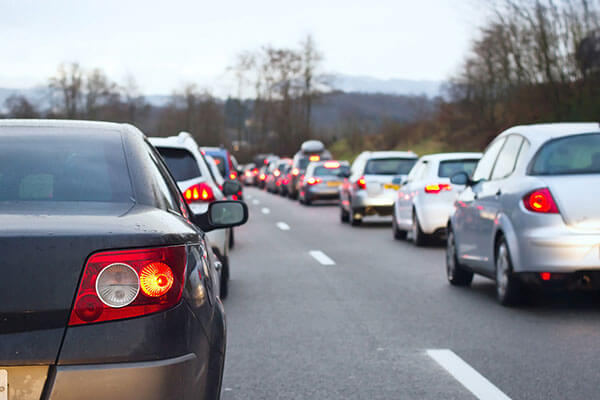Your annual MOT test certificate is a legal requirement that tells you – and everyone else on the roads – that your car is roadworthy and safe to be around while driving on the UK’s large and busy road network. But what exactly does the MOT inspector do when performing your MOT test? Let’s take a look at what elements are checked during an MOT test.
Six Sections
The MOT test is divided into six sections: interior checks, exterior checks, under the bonnet checks, under the car checks, brake checks and emissions checks. In each of these sections there are between five and ten items that must be checked off as being in good order to achieve a pass on your MOT test. Some of these items follow through into other sections: for example, the brakes have their own section, but are also checked during interior checks, under the bonnet checks and under the car checks. This is partly because – in the case of brakes especially – they are so very important to the roadworthiness of the car, but also because the braking system runs from the foot pedal or handbrake under the hood and under the car to the wheel, crossing the divisions between sections.
All Systems GO!
Other systems that cross these sectional divides are the steering system, the fuel lines and fuel tank, the suspension system and, if fitted, cruise control devices. Tyres and wheels are checked during the exterior checks and the under the car checks, so the MOT inspector can thoroughly look at the tyres from all sides to make sure they are in good order, legally compliant as to inflation levels, wear on the tread and so on.
Light it Up
Lights are checked as the inspector comes across them, usually with the interior checks looking at the switches and controls, and the exterior checks ensuring that they function as they should. Your lights are an important tool in both you being able to see other road users, potential obstacles and people or animals on the side of the road, and in being seen by those other road users so they can avoid you if necessary. Lights that are checked include dashboard warning lights, headlights, back lights, brake lights, fog lights, and the capacity of your headlights to dim to an appropriate level in the face of oncoming traffic.
General Condition
In every stage of the test, the inspector will be checking out the general condition of your car. This ranges from your car being too cluttered with items that can impede your vision, to dents and rust on the car body, to the firm fixing of your bumpers and numberplate – the latter of which must be in a legible font and of a legally mandated size and shape. If your car is in pretty good shape, then you have nothing to worry about. You will sail through the test. Our go to local garage is Elite Direct. Their experts will solve any car related query that you might have. Elite is offering discounted summer deals. Be the first to avail them. Book MOT in London now.
Other
The inspector will check that your mirrors are in place and properly angled, test your horn for prompt and loud response when depressed, test both sets of brakes for correct working (hence the section labelled ‘Brakes’, and run your engine to take a reading of your emissions.




